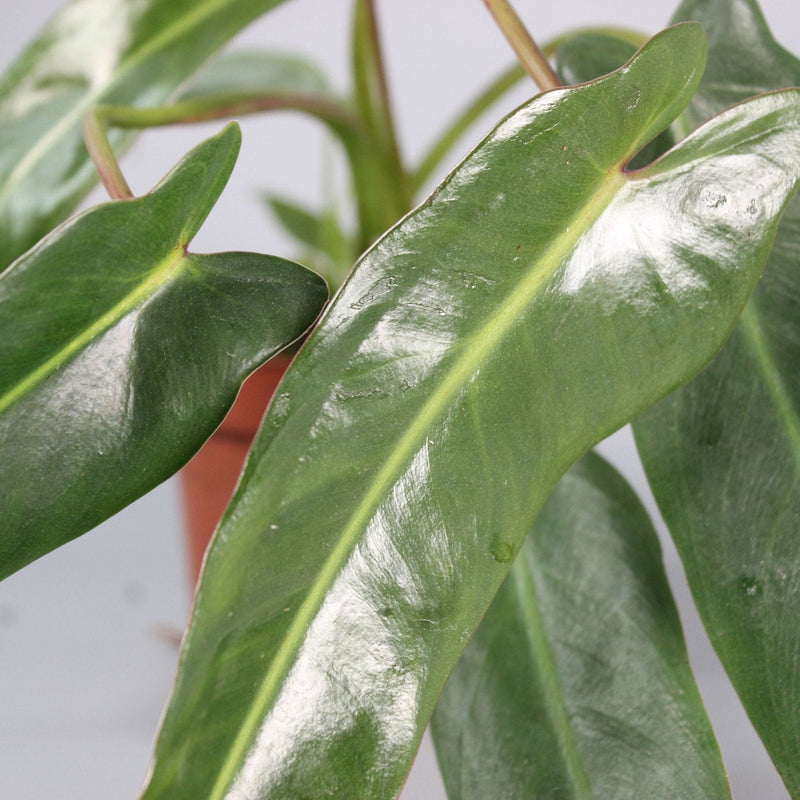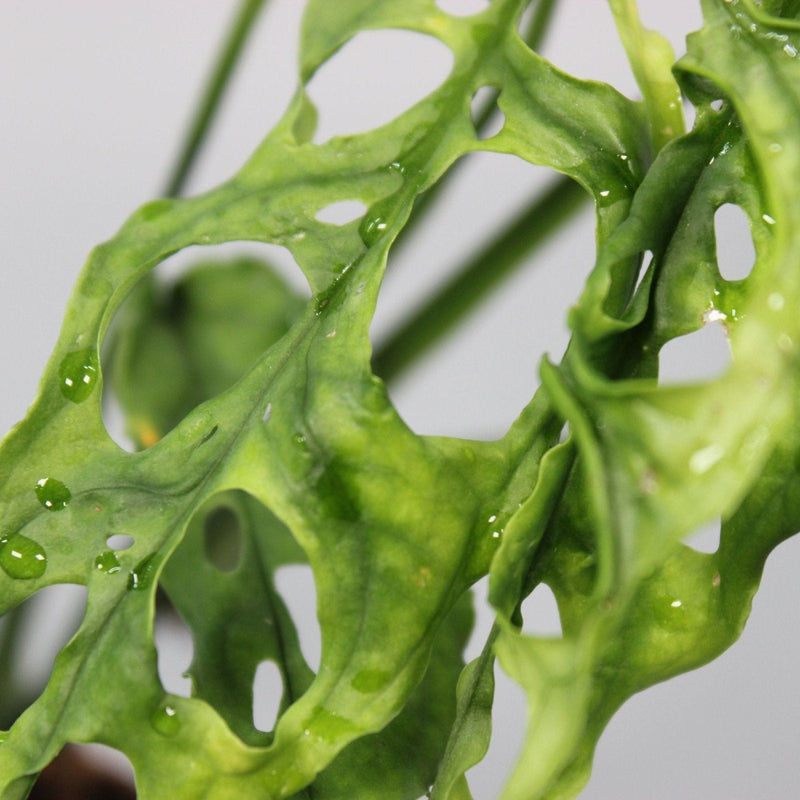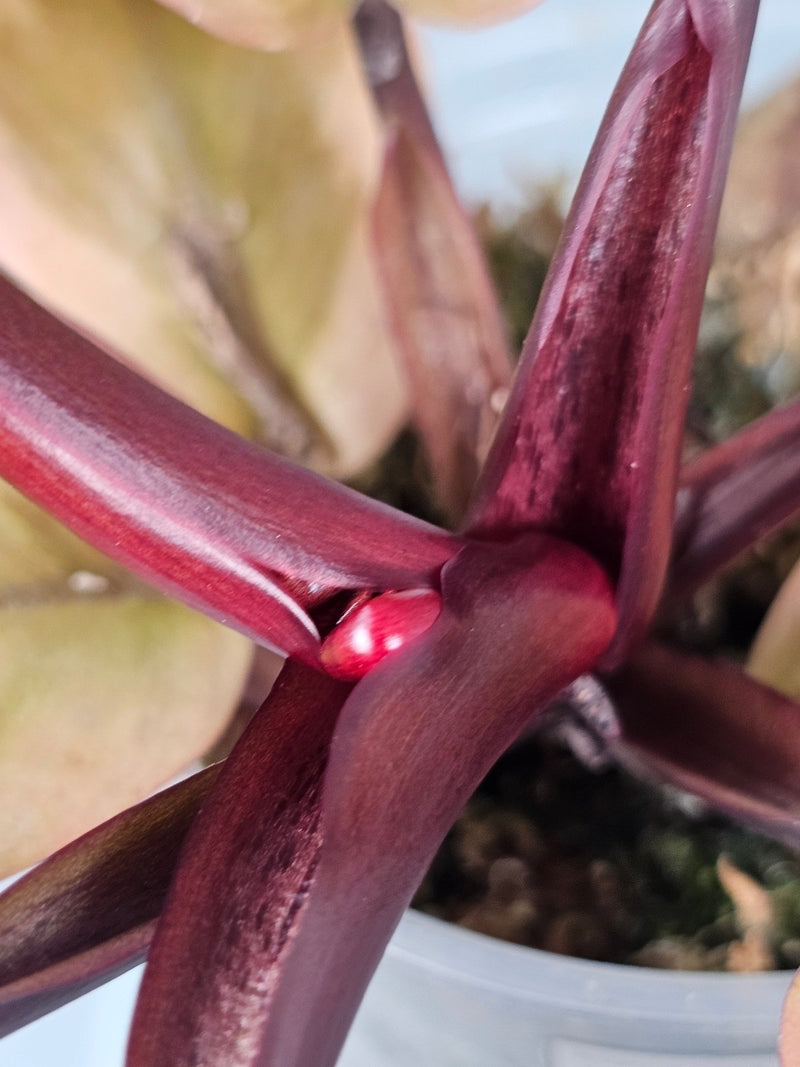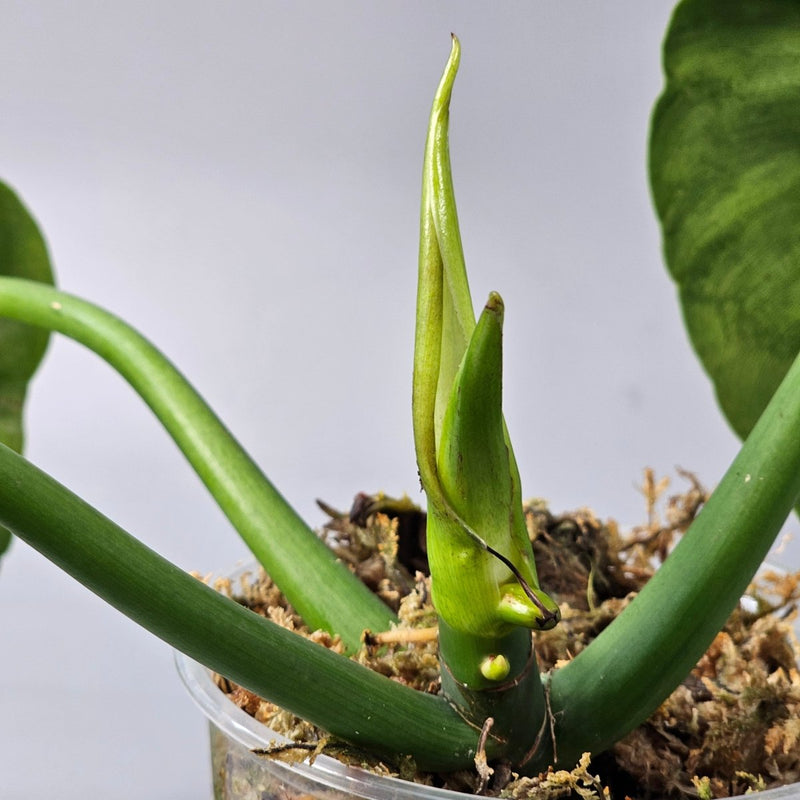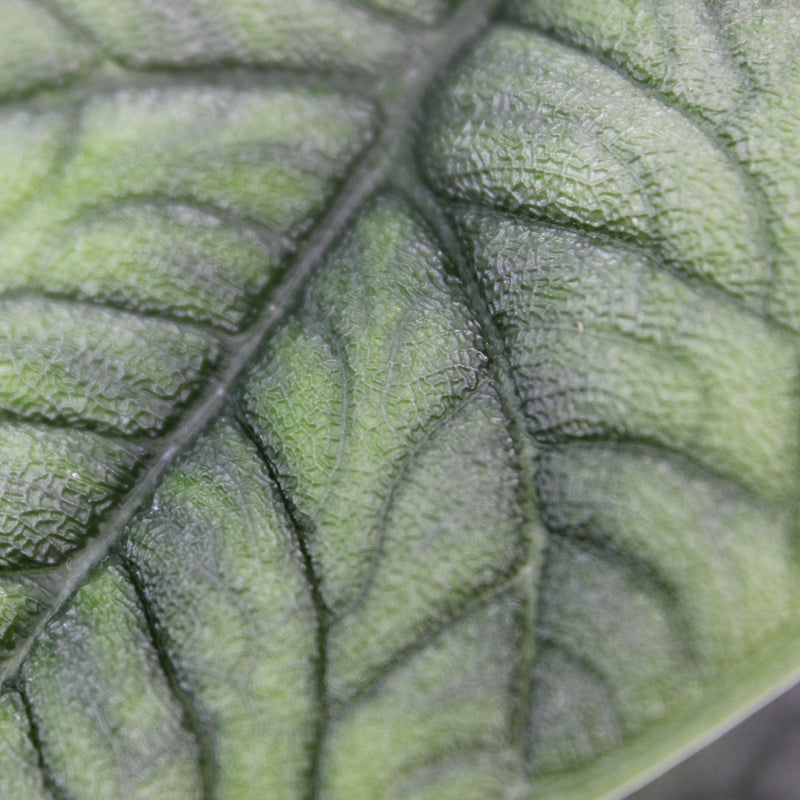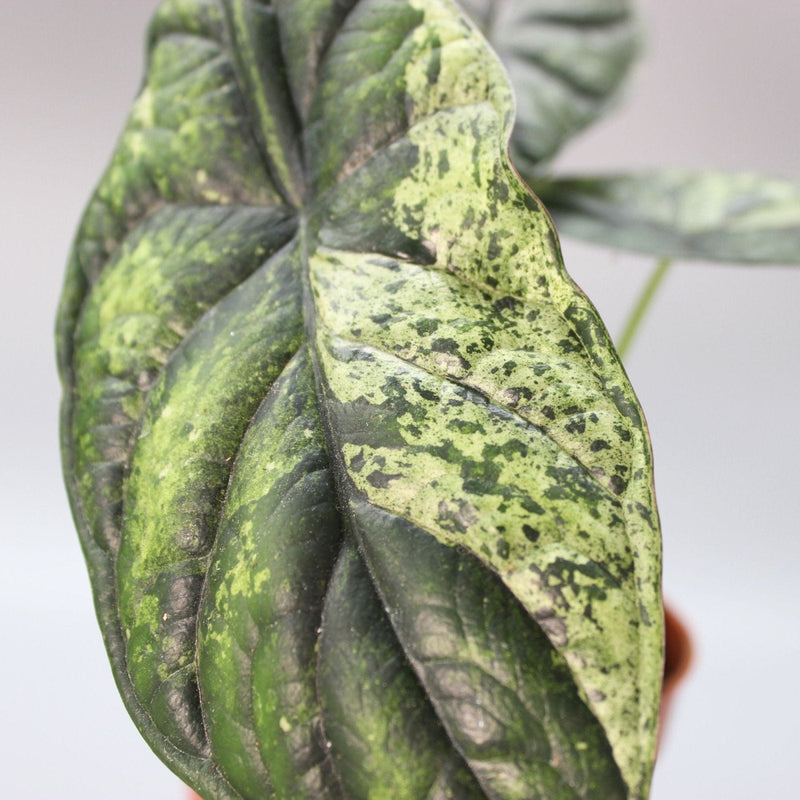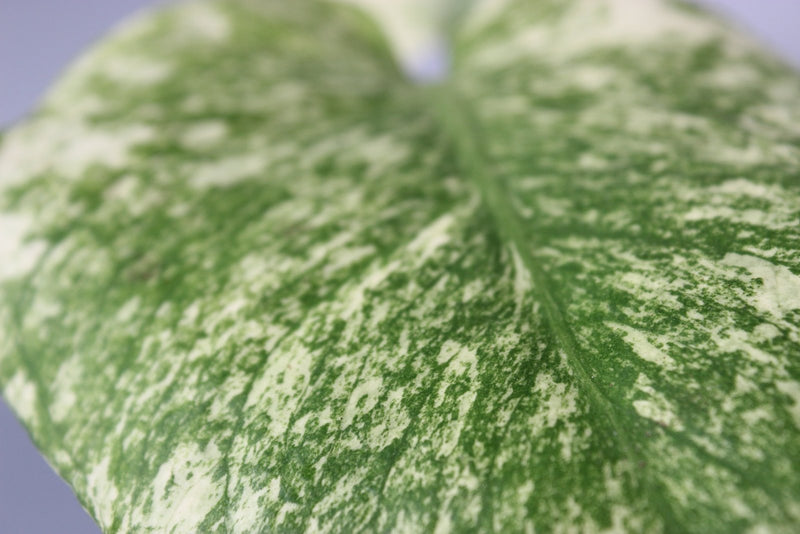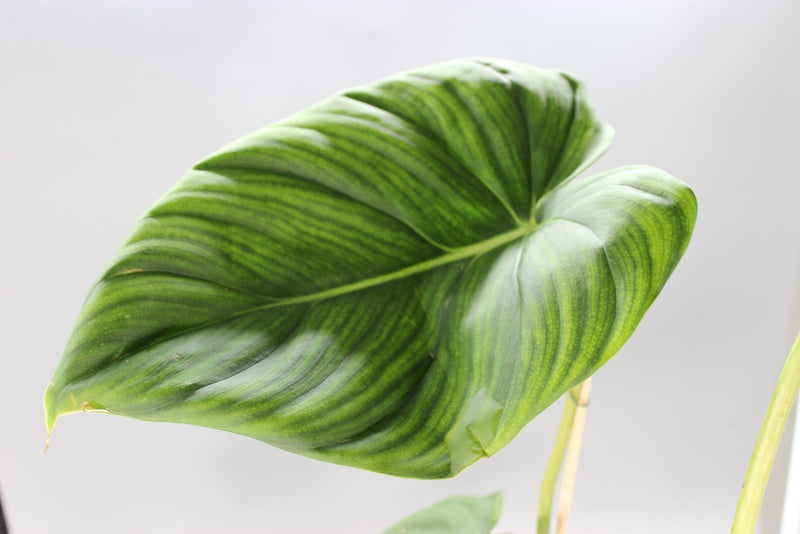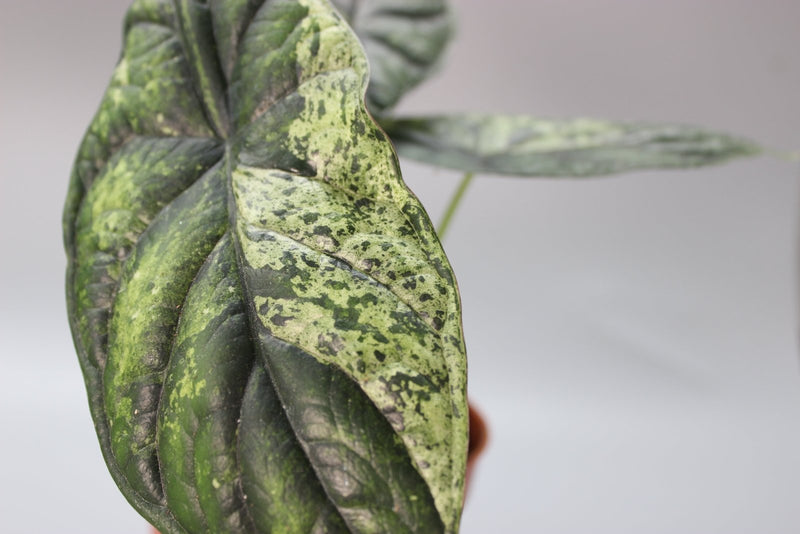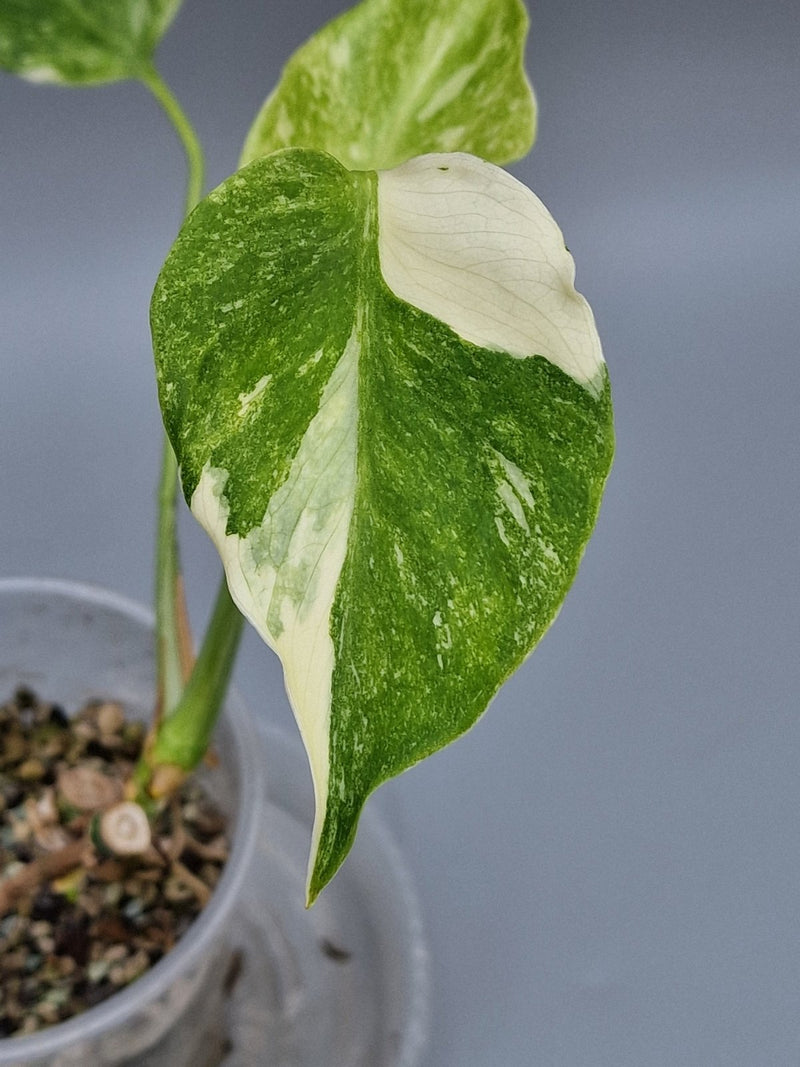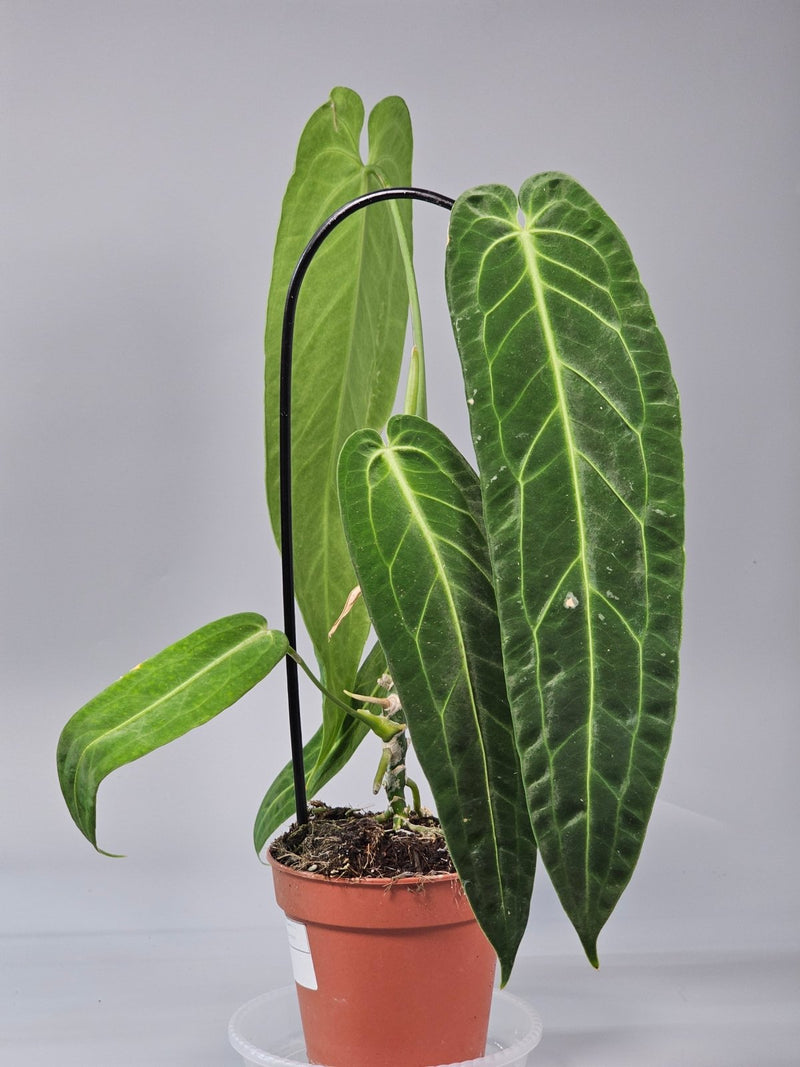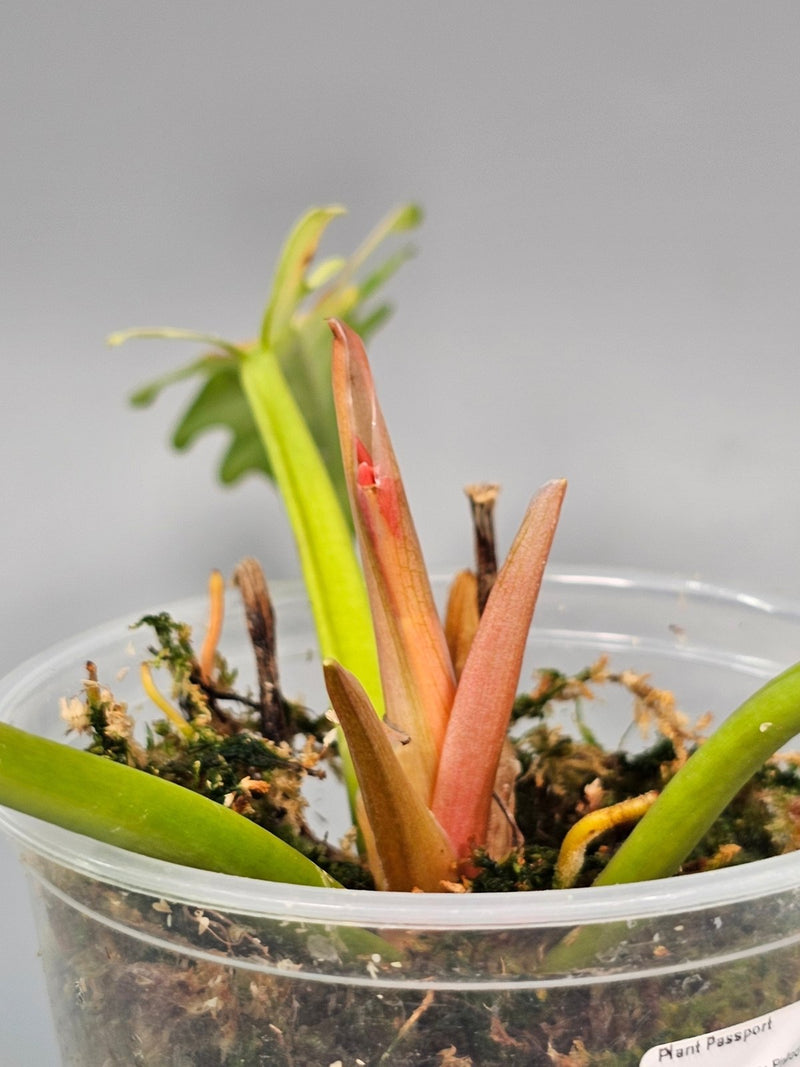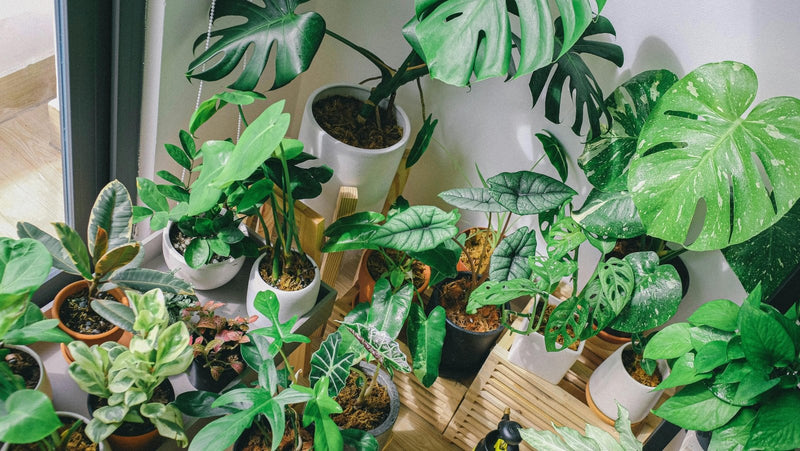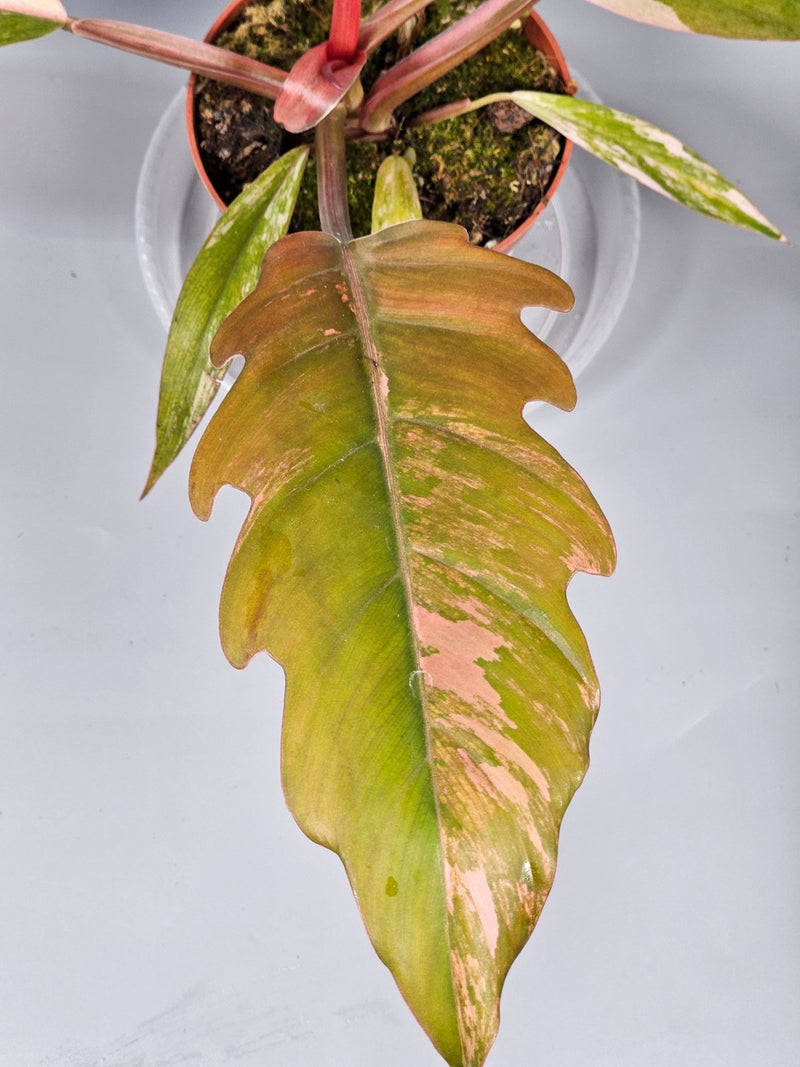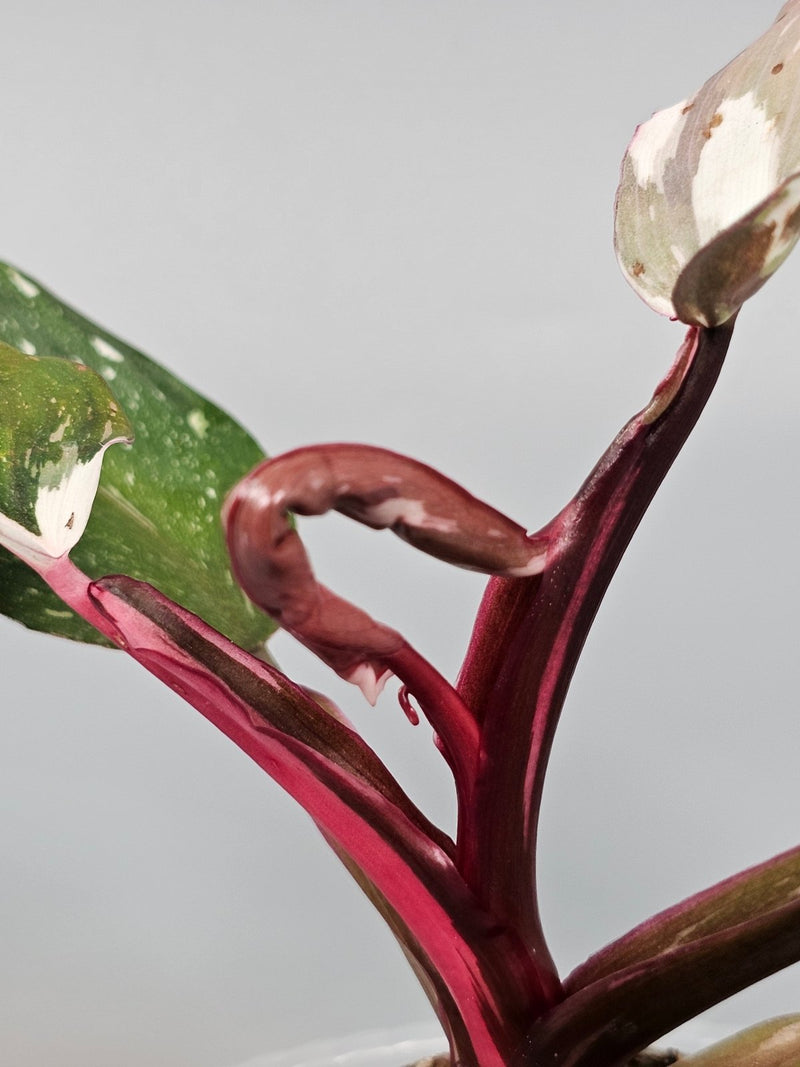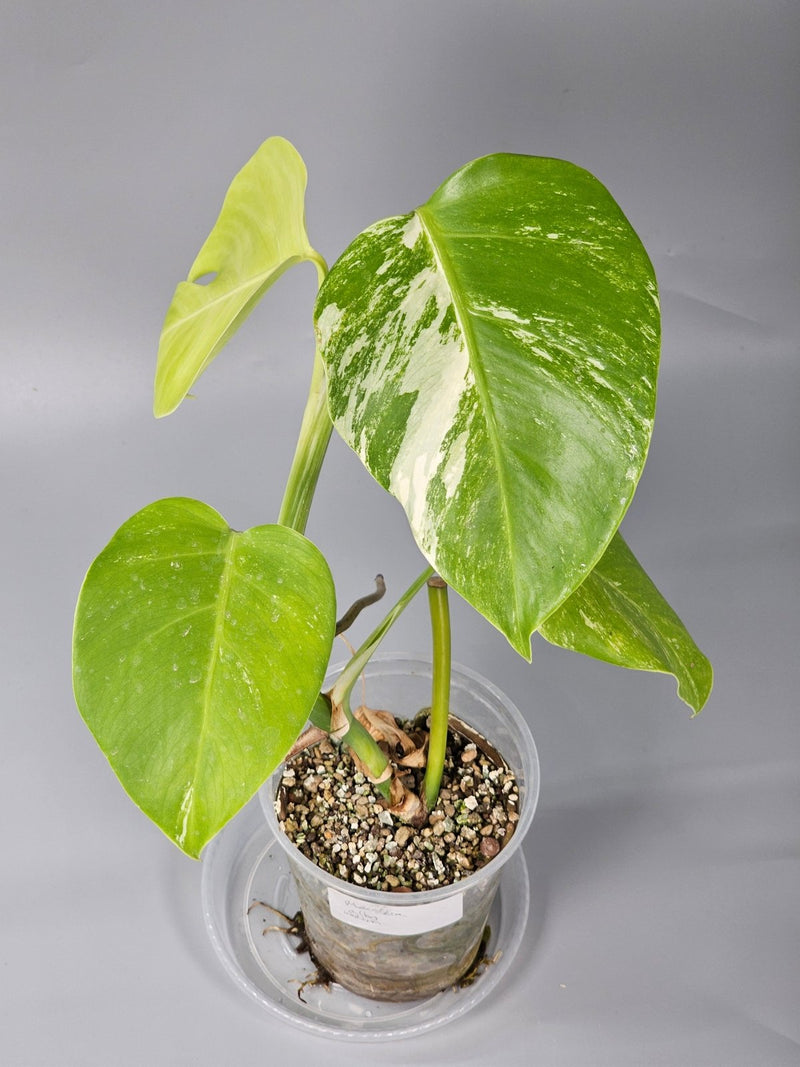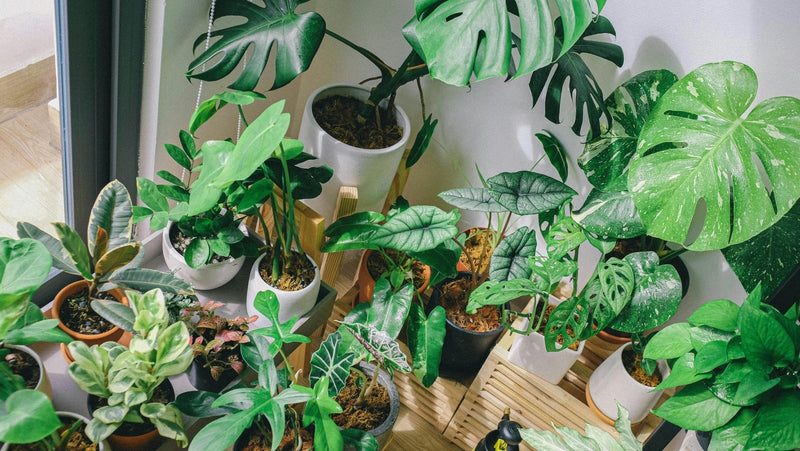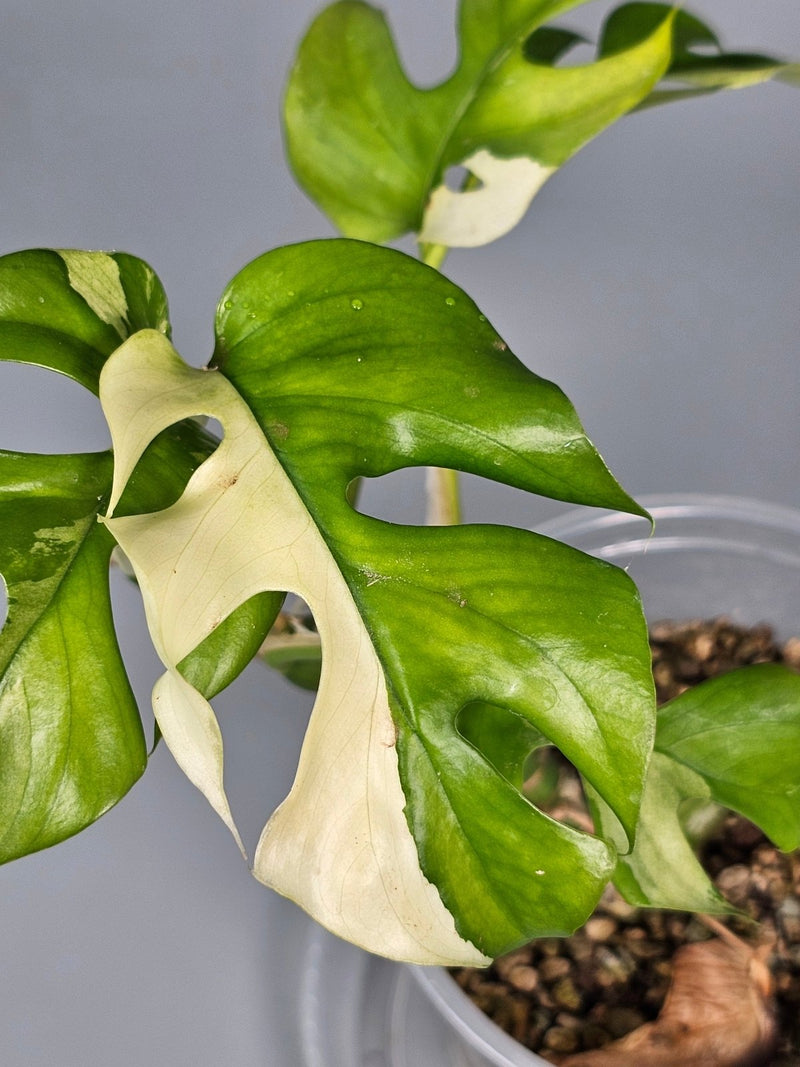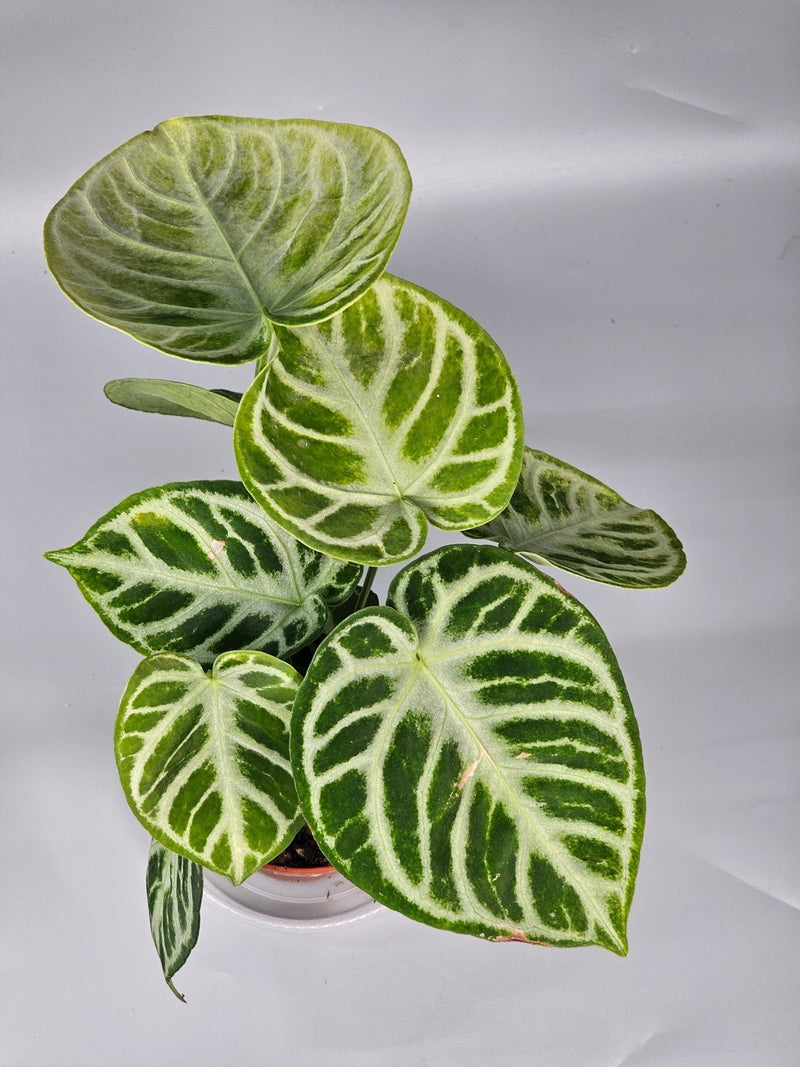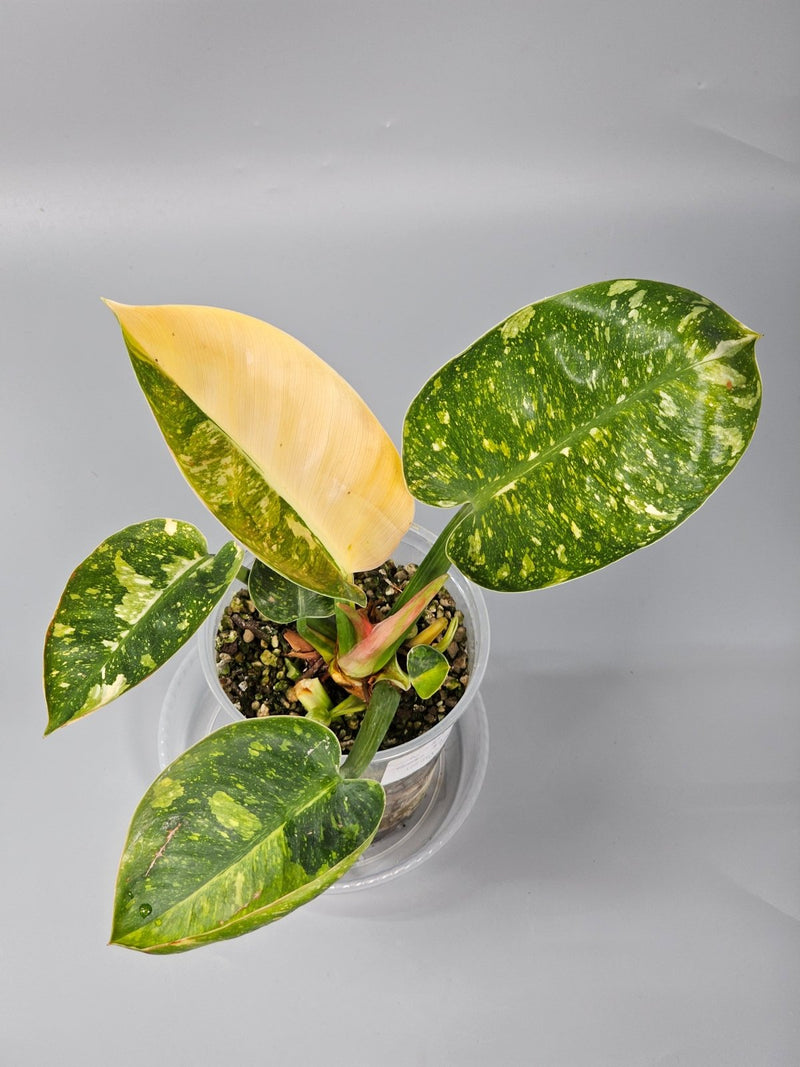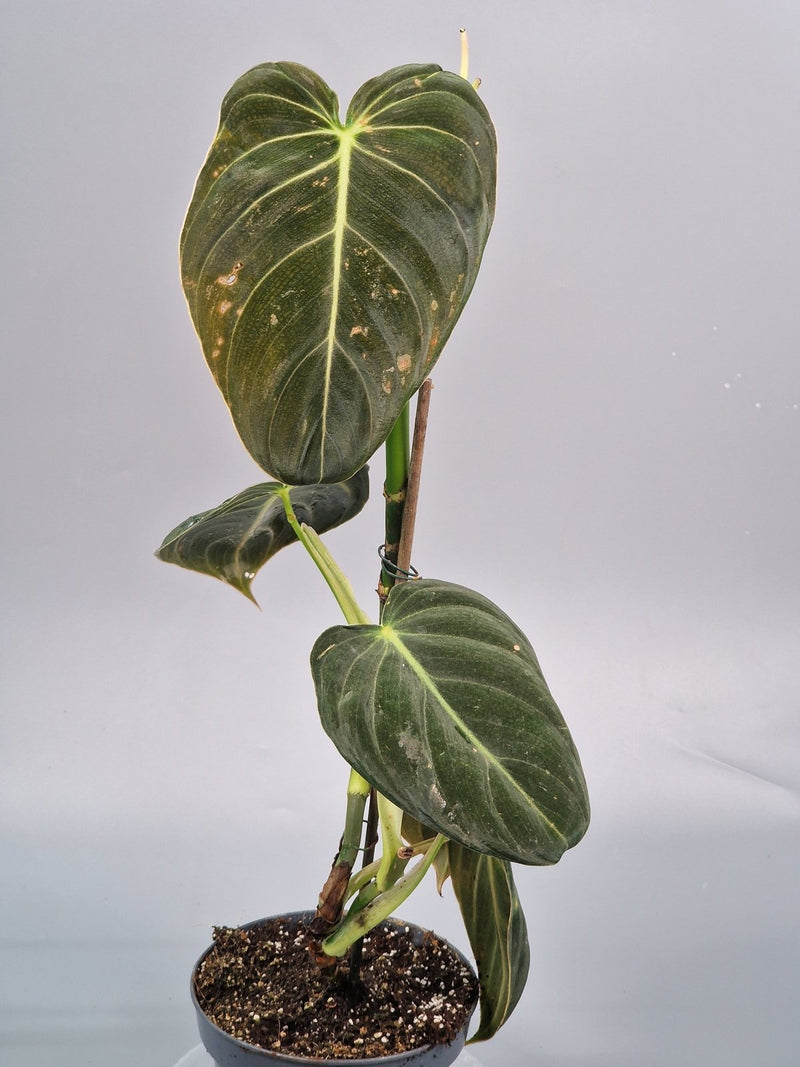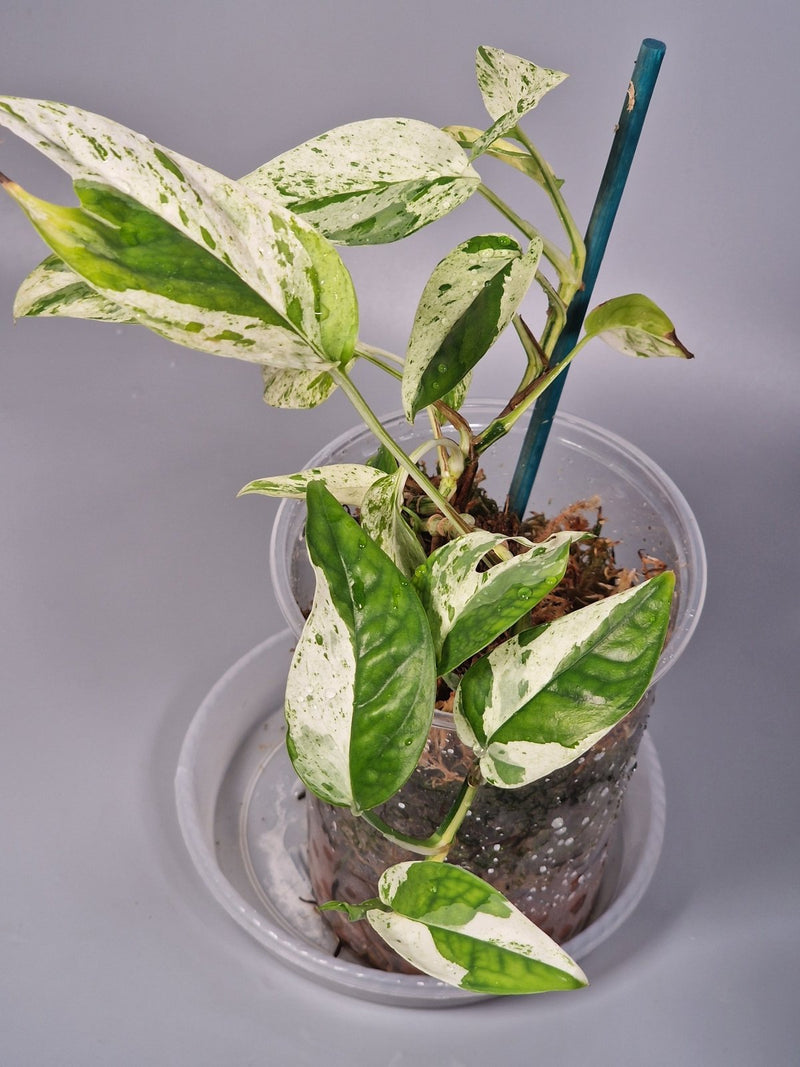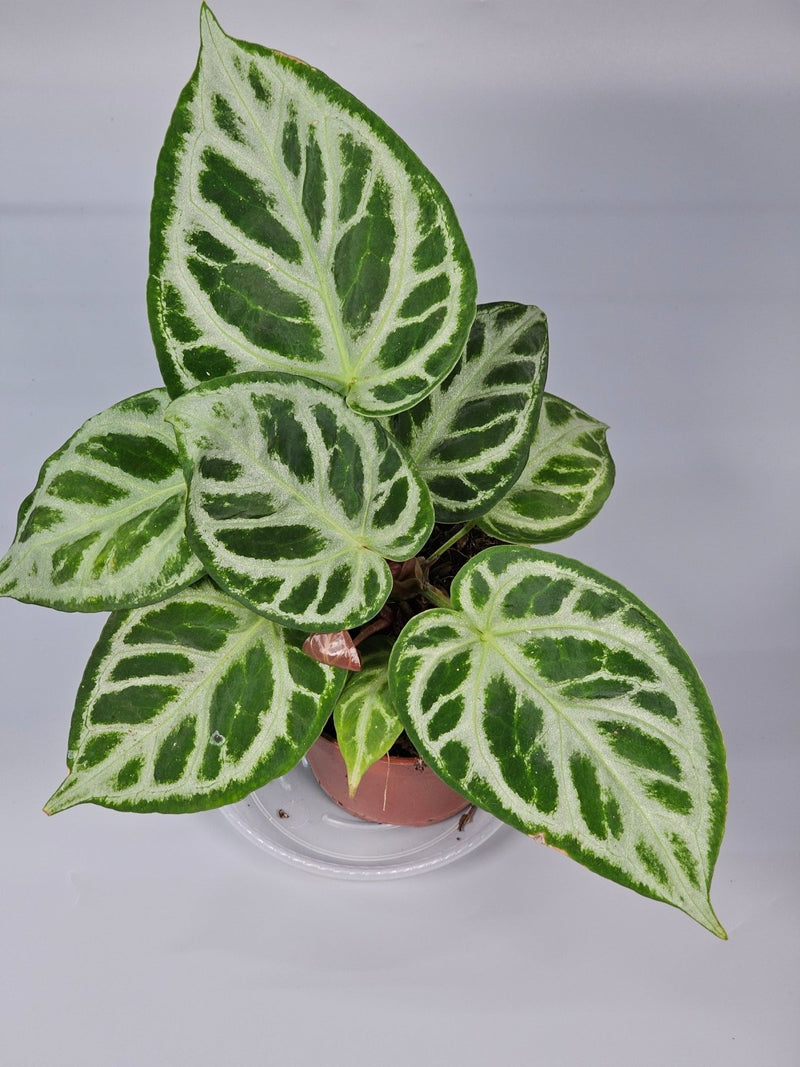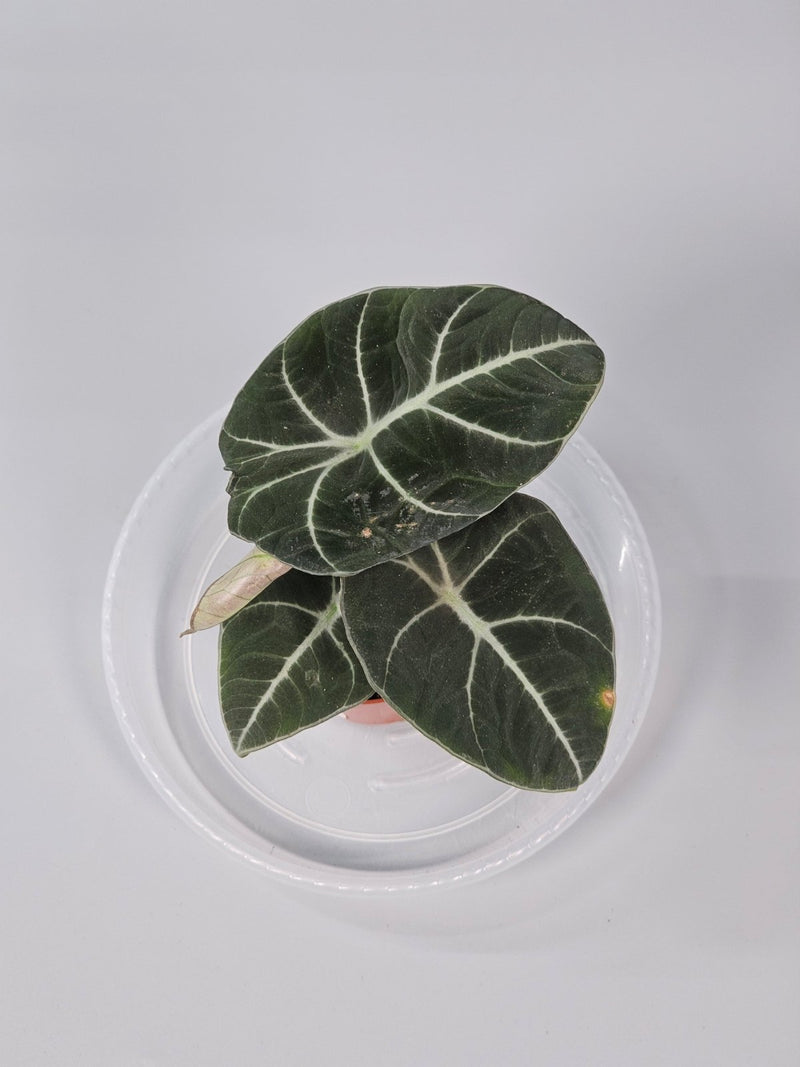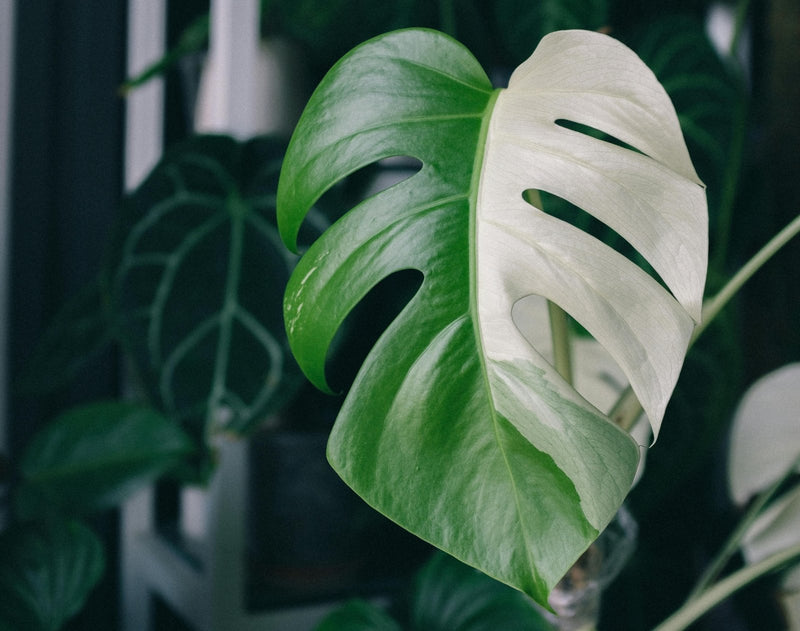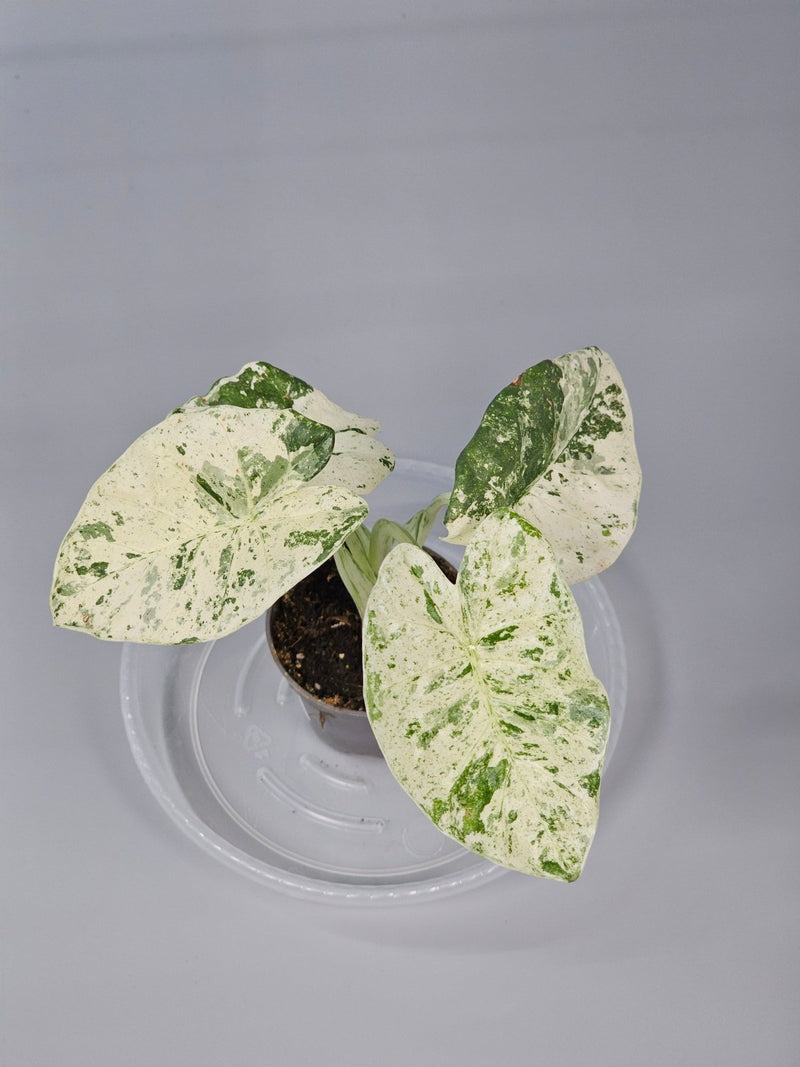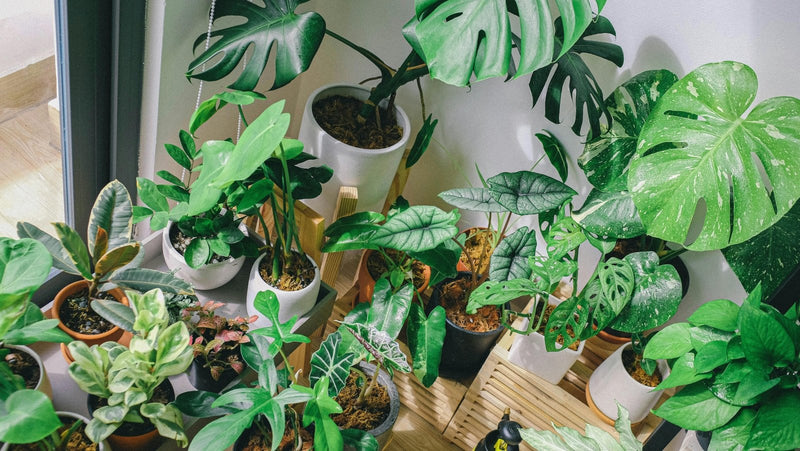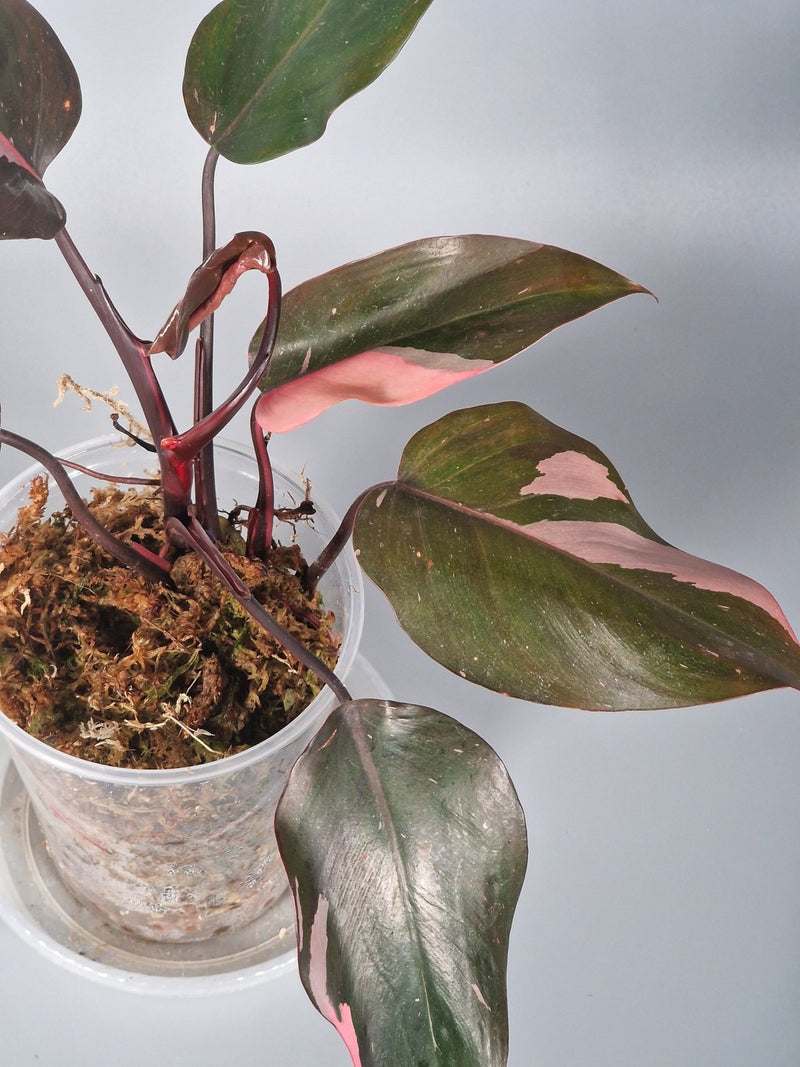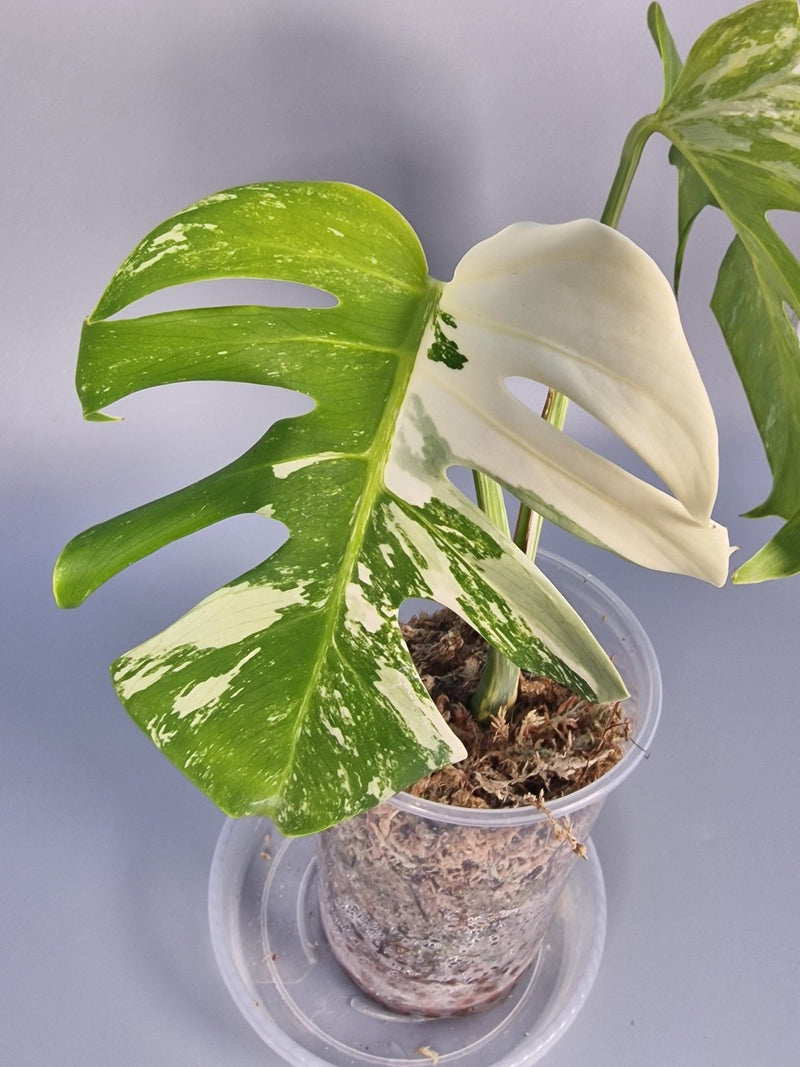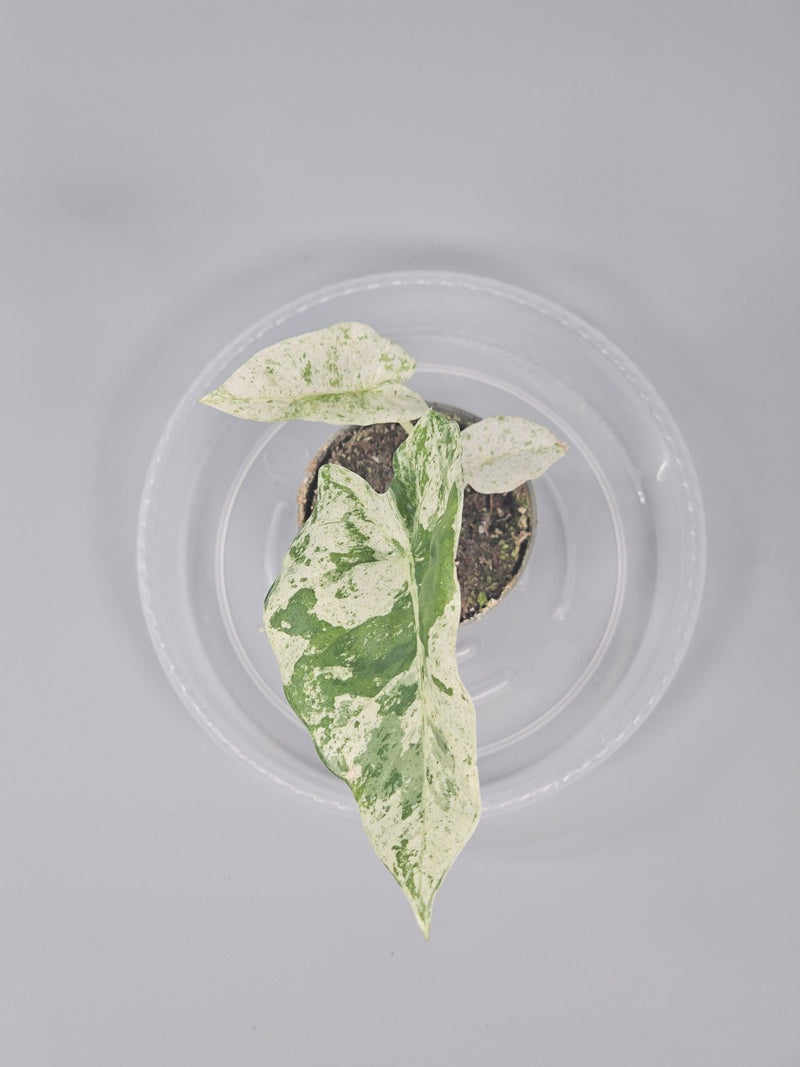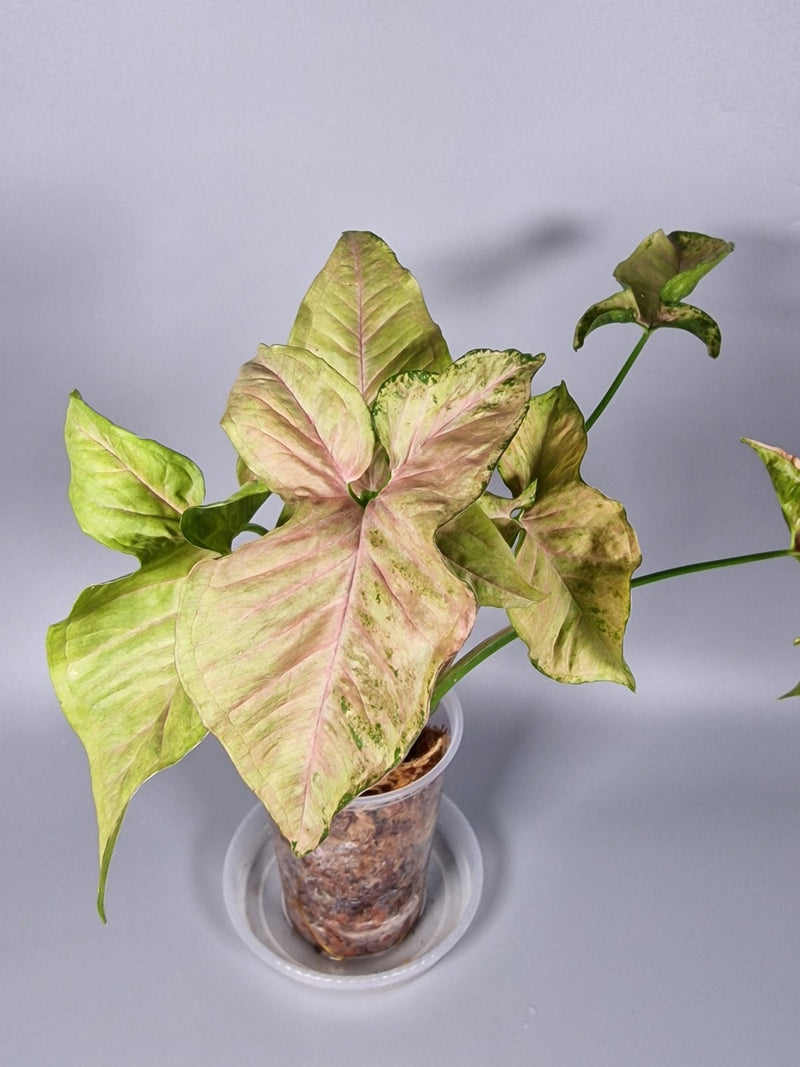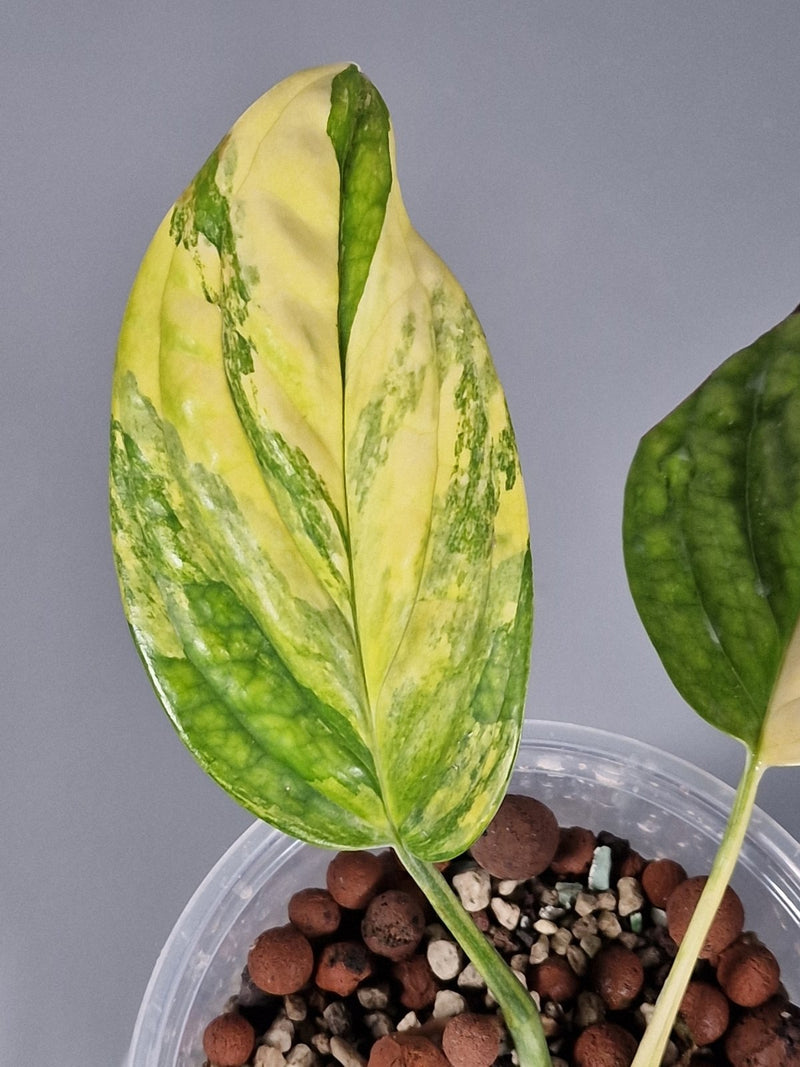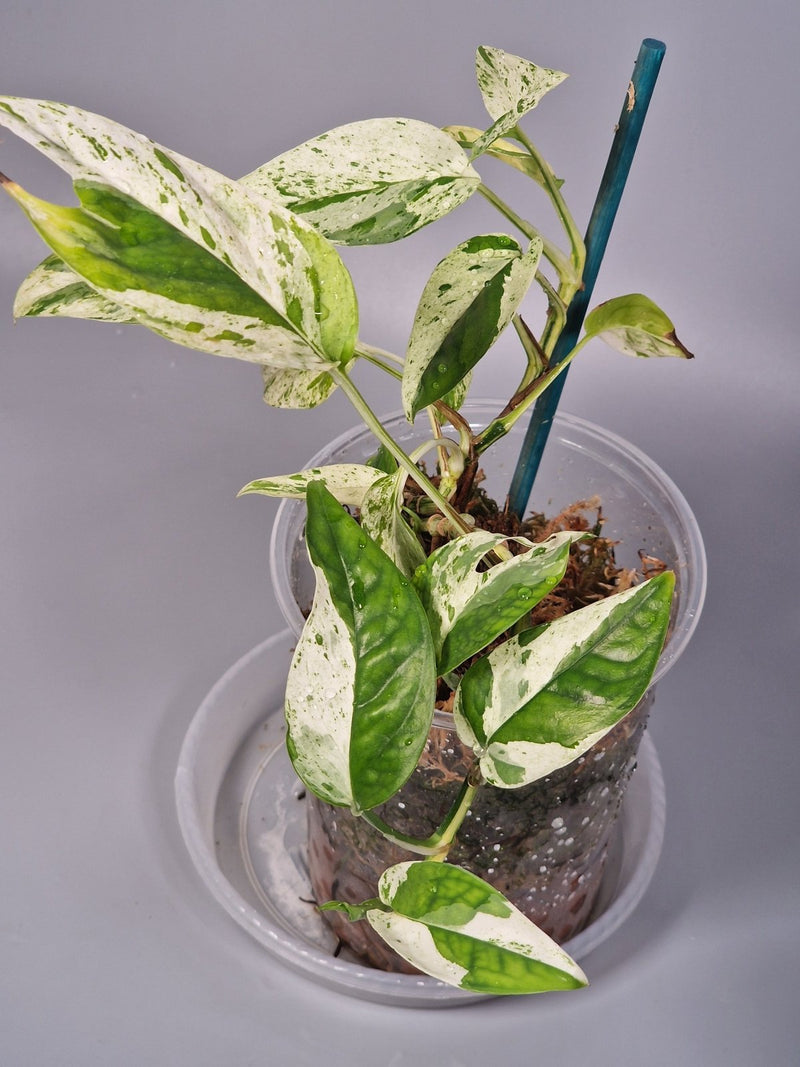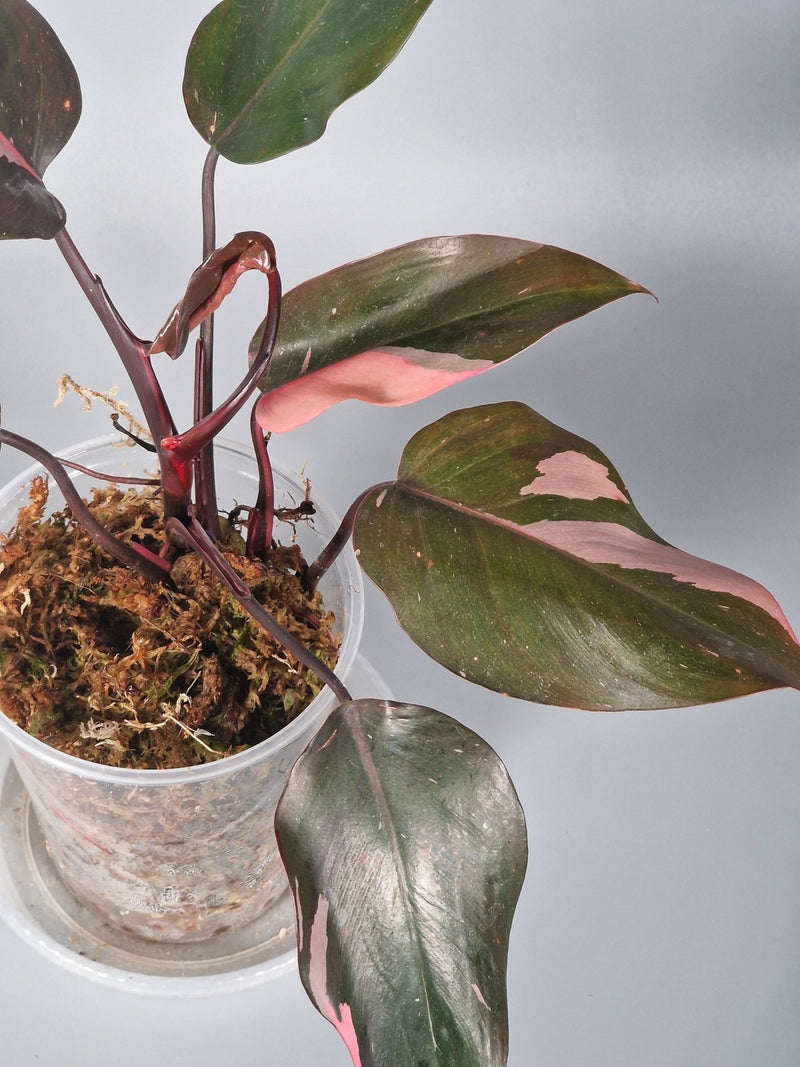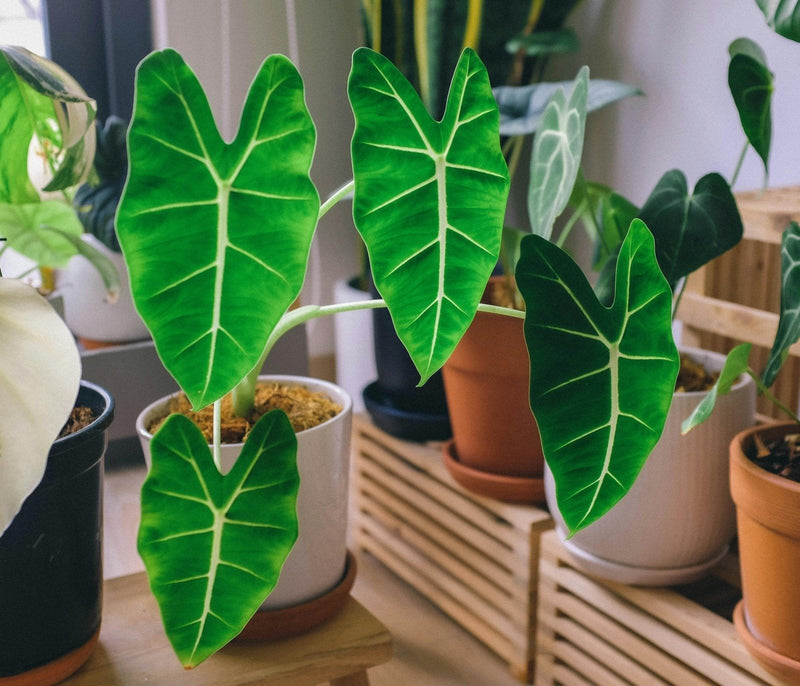How to Tell If Your Syngonium Needs Repotting
As a beloved member of the Syngonium family, these plants are not only visually appealing but also relatively easy to care for, making them a popular choice among enthusiasts of rare houseplants. However, like all plants, Syngoniums have specific needs, including the occasional repotting. Not sure if your plant requires a new home? Let’s explore the telltale signs and steps to ensure your Syngonium thrives in its pot.
Signs Your Syngonium Needs Repotting
- Roots are growing through the drainage holes: This is a clear sign that your Syngonium has outgrown its current pot and is searching for more space to expand.
- Water flows straight through the pot: If water isn’t staying in the pot long enough to moisten the soil, it could be because the roots have taken up too much space, leaving little room for the soil to retain moisture.
- Slowed growth: While Syngoniums are not the fastest growers, a noticeable slowdown in growth or a lack of new leaves during the growing season can indicate that repotting is needed.
- Visible salt and mineral build-up on the soil surface: This often happens when there’s not enough fresh soil to absorb and filter feedings and water.
Choosing the Right Pot and Soil
When repotting your Syngonium, choosing the right pot and soil is crucial for its health and growth. Here’s a quick guide:
- Select a pot that is 1-2 inches larger in diameter than the current one: This ensures enough room for growth without leaving too much space, which can lead to waterlogging.
- Ensure the pot has adequate drainage: Good drainage is vital to prevent root rot and other water-related issues.
- Opt for a well-draining potting mix: A mix designed for aroids or tropical plants works well for Syngoniums, providing the right balance of drainage and water retention.
Step-by-Step Guide to Repotting Your Syngonium
- Prepare your new pot and soil: Have your pot and soil ready. You might also want to add some slow-release fertilizer to the mix to give your plant a good start in its new home.
- Gently remove the plant from its current pot: Tap the sides of the pot and carefully pull the plant out. If the roots are tightly bound, gently tease them apart with your fingers.
- Trim any excessively long or rotted roots: This will encourage healthier growth and prevent potential health issues.
- Place the plant in the new pot: Add a layer of soil at the bottom, set your plant in, and fill around the sides with more soil. Gently tap the pot to settle everything in place.
- Water thoroughly: Once repotted, give your Syngonium a good water to help it settle in and reduce transplant shock.
FAQ: Repotting Syngonium
How often should I repot my Syngonium?
Typically, Syngoniums should be repotted every 18-24 months, though this can vary based on the growth rate and conditions within your home.
Can I use regular houseplant soil for my Syngonium?
While regular houseplant soil can be used, it's better to opt for a mix that provides better drainage, such as those formulated for tropical plants or aroids.
What is the best time of year to repot Syngoniums?
The best time to repot is during the growing season, typically spring or early summer, as this is when the plant can best recover and grow into its new pot.
Repotting your Syngonium not only refreshes its environment but also encourages a healthier and more vigorous plant. Keep an eye out for the signs that it’s time to repot, and your plant will continue to thrive and beautify your space. For more tips on caring for your rare houseplants, stay tuned to our blog!
Interested in more care tips for your tropical favourites? Check out our guides on how to grow Epipremnum pinnatum 'Dragon Tail' and Anthurium clarinervium care.


